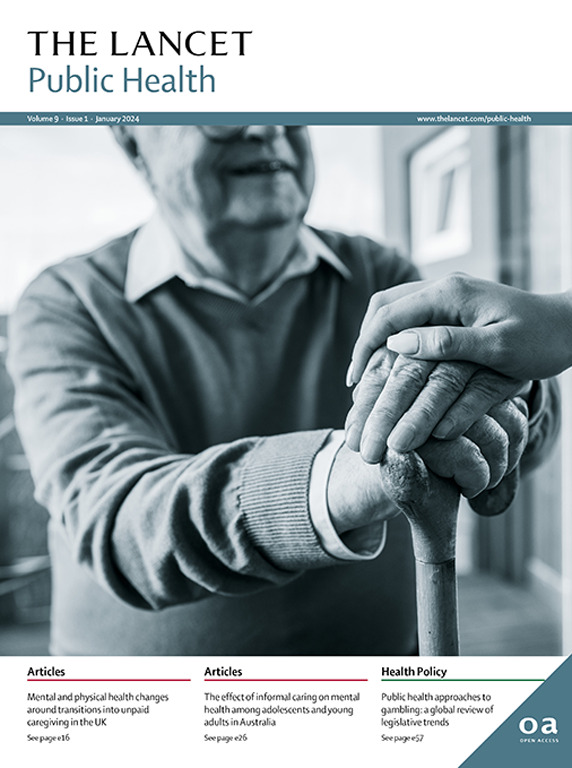支持向基于 HPV 的宫颈癌筛查过渡的实施工作
IF 25.4
1区 医学
Q1 PUBLIC, ENVIRONMENTAL & OCCUPATIONAL HEALTH
引用次数: 0
摘要
1 事实上,自第一项观察性研究表明人类乳头瘤病毒(HPV)DNA 检测与宫颈细胞学相比在检测宫颈癌前病变和癌症方面具有更高的灵敏度以来,已经过去了近 20 年时间。从那时起,HPV 检测在初级宫颈筛查中的作用已在全球范围内得到评估,几项大型随机对照试验表明,HPV 检测阴性可长期预防浸润性宫颈癌、4 根据这些证据,世卫组织 2021 年和 2024 年指南建议,在初级筛查中使用 HPV 检测,而不是宫颈细胞学或宫颈肉眼检查(VIA),以预防宫颈癌,具体做法为筛查-治疗或筛查-分流(使用细胞学、双染色[p16/Ki67]细胞学、VIA 或阴道镜检查)-治疗的简单算法。尽管有证据和建议支持将 HPV 检测作为主要筛查检测方法,但这尚未促使宫颈筛查从基于细胞学的筛查广泛过渡到基于 HPV 的筛查。本文章由计算机程序翻译,如有差异,请以英文原文为准。
Implementation efforts to support transition to HPV-based cervical cancer screening
On average, it takes 15 years from the landmark publication on a cancer control evidence-based intervention to achieve 50% uptake in routine practice.1 In fact, nearly 20 years have passed since the first observational studies showed that human papillomavirus (HPV) DNA testing had substantially higher sensitivity for detecting cervical precancer and cancer compared with cervical cytology.2 Since then, the performance of HPV testing in primary cervical screening has been evaluated globally, and several large randomised controlled trials have shown that a negative HPV test provides long-term protection against invasive cervical cancer.3, 4 In line with this evidence, the WHO 2021 and the WHO 2024 guidelines recommend the use of HPV testing over cervical cytology or visual inspection of the cervix (VIA) in primary screening to prevent cervical cancer following simple algorithms for either screen-and-treat, or screen, triage (using cytology, dual-stain [p16/Ki67] cytology, VIA, or colposcopy), and treat. Despite the evidence and recommendations supporting HPV detection as primary screening test, it has not yet led to widespread transition from cytology-based to HPV-based cervical screening.
求助全文
通过发布文献求助,成功后即可免费获取论文全文。
去求助
来源期刊

Lancet Public Health
Medicine-Public Health, Environmental and Occupational Health
CiteScore
55.60
自引率
0.80%
发文量
305
审稿时长
8 weeks
期刊介绍:
The Lancet Public Health is committed to tackling the most pressing issues across all aspects of public health. We have a strong commitment to using science to improve health equity and social justice. In line with the values and vision of The Lancet, we take a broad and inclusive approach to public health and are interested in interdisciplinary research.
We publish a range of content types that can advance public health policies and outcomes. These include Articles, Review, Comment, and Correspondence. Learn more about the types of papers we publish.
 求助内容:
求助内容: 应助结果提醒方式:
应助结果提醒方式:


